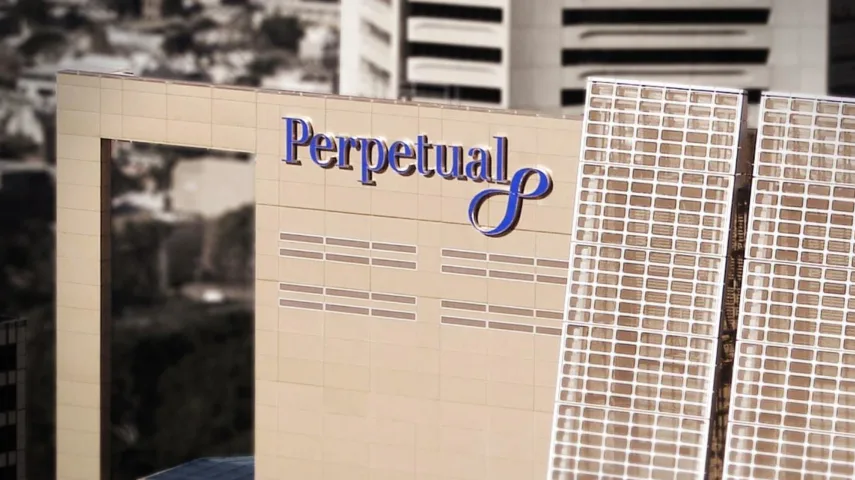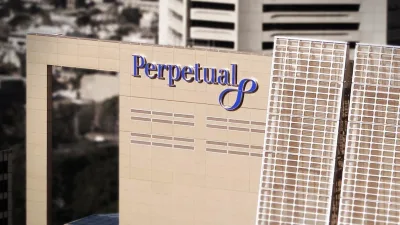Perpetual CEO Reilly on turning around asset management



Perpetual’s new chief executive Bernard Reilly has told shareholders how he hopes to turnaround the firm’s asset management division.
Reilly joined the firm in September from his role at superannuation fund Australian Retirement Trust where he oversaw the merger between QSuper and Sunsuper to create Australia’s second-largest super fund with 2.4 million members.
He replaced Rob Adams who had held the role of group CEO since September 2018.
Speaking at the firm’s annual general meeting in October, Reilly acknowledged the asset management division has been plagued by outflows in the past year and will be a key focus for him going forward.
There are two focuses for Perpetual, he said:
- Making the business more efficient and nimble with a need to reduce costs.
- Turning around the outflows in asset management.
Perpetual has already shared how the firm plans to cut costs by $25–35 million per annum over two years, but Reilly said there is the potential to “go further than that”.
Perpetual has stated it plans estimated cost reductions of $7.5–10 million in FY25 and $17.5–25 million in FY26, achieved via rightsizing the asset management board, simplified technology and operational requirements, product and platform rationalisation, and consolidated third-party vendor costs.
Expanding on his plans to go further, Reilly said: “At the FY24 results, before I joined, Perpetual announced a $25–35m per annum simplification program target to be delivered over two years. I believe we can go further than that and am undertaking the work now and over the coming months to determine our plan here, with a view to communicating further with shareholders as part of our half-year results early in the new year.”
Regarding the outflows, he acknowledged these have been “higher than anticipated” and driven by investment underperformance, business instability and changing market dynamics. During FY24, it experienced net outflows of $18.4 billion, mostly driven by J O Hambro and international equity arm TSW.
However, in the first quarter of FY25, it reported positive inflows of $400 million which helped assets under management (AUM) to rise from $215 billion at the end of June 2024 to $222.3 billion. This was the first time in a year that it had seen positive inflows.
A priority for Reilly, he said, will be to refresh its distribution strategy to support client retention and growth, and develop a turnaround plan for J O Hambro. He also identified opportunities for the firm in Asia.
J O Hambro drove most of the outflows seen during FY24, thanks to poorer investment performance in two key strategies and the departure of portfolio manager Alex Savvides.
While it reported positive flows in Q1, J O Hambro saw net outflows of $1.6 billion which caused AUM to decline by 1.9 per cent to $37.5 billion during the quarter.
Recommended for you
Clime Investment Management has welcomed an independent director to its board, which follows a series of recent appointments at the company.
Ethical investment manager Australian Ethical has cited the ongoing challenging market environment for its modest decrease in assets over the latest quarter.
Commentators have said Australian fund managers are less knowledgeable compared with overseas peers when it comes to expanding their range with ETFs and underestimating the competition from passive strategies.
VanEck is to list two ETFs on the ASX next week, one investing in residential mortgage-backed securities and the other in Indian companies.















